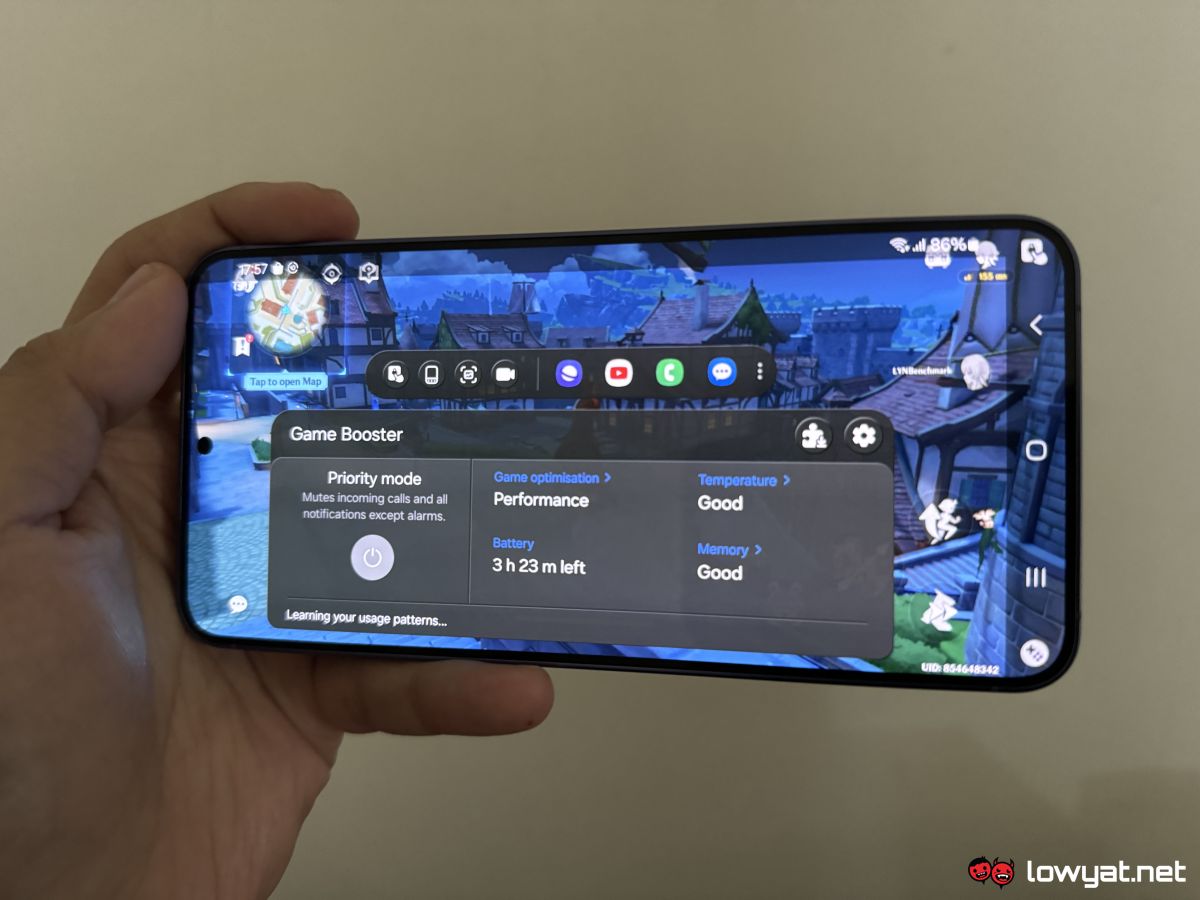Rumours have it that Samsung may ditch AMD’s RDNA GPU architecture and return to using homegrown integrated graphics for its Exynos SoC. As for when, that could happen from 2026 onwards.
The rumour initially started with the post of Roland Quandt (@rquandt) who claims that from 2026 onwards, Samsung will revert its Exynos SoCs to using its own in-house GPU designs, after the agreement between it and AMD expires next year. For those in the dark, the currently existing Exynos 2200 and 2400 SoCs are fitted with Xclipse 920 and 940 integrated graphics cores, respectively. Both are powered and designed based on AMD’s RDNA GPU architecture, the former being based on RDNA2 and the latter on RDNA3 cores.
Umm… so there's S5E9945 right? (Exynos 2400)
And then there's S5E9955, which follows after that.
Exynos 2400 has an AMD GPU. The follow-up will have AMD GPU, too, it seems.After that, in 2026, Samsung seems to aim for the release of a next-gen flagship SoC feat it's own GPU.
— Roland Quandt (@rquandt) May 4, 2024
The next Exynos chipset, dubbed the 2500, is expected to feature an Xclipse 950 SoC that will house a yet unspecified RDNA GPU, although speculations have leaned towards it either being based on RDNA3.5 or RDNA4.
Samsung itself has not officially revealed its plans for the next-generation Exynos GPUs, and while it was ecstatic to enter into a partnership with AMD for its RDNA architecture, both the performance and adoption of its chipset by the masses haven’t exactly been as enthusiastic as it had hoped for. Case in point, Samsung’s choice of shipping out the majority of its Galaxy S22 Ultra with the Snapdragon 8 Gen1 back in 2022 – Qualcomm’s flagship chipset proved to be more potent than the Korean giant’s offering – and units equipped with the Exynos 2200 were limited to the brand’s home country of South Korea and the EU market.
Again, this is all just based on whispers and rumours; Samsung already announced the extension of its GPU licensing agreement with AMD back in April last year but didn’t specify how long it would last. The first one was signed back in 2019 and lasted four years, so in essence, we could be looking at a similar time frame between the two.
(Source: X, Videocardz, Notebookcheck)
Follow us on Instagram, Facebook, Twitter or Telegram for more updates and breaking news.



